If you are preparing for the JAMB examination and Art is one of the subjects you registered to write, this article is for you. Here, you will find the detailed JAMB syllabus for Art and the recommended textbooks straight from JAMB itself.
The syllabus is a clear guide that shows all the topics and areas you need to study. It helps you focus on what is important, making your preparation easier and more effective. By following the syllabus closely, you will be better positioned to understand the subject and increase your chances of scoring high in your exam.
Keep reading, and you will find the full JAMB Art syllabus and other important details below to help you prepare well.
JAMB Syllabus for Arts
Below is the detailed JAMB syllabus for Art. Make sure to follow the topics and objectives listed as a guide while preparing for your exam.
| Topics/Contents/Notes | Objectives |
|---|---|
| SECTION A | |
| 1. Classification of Art: a. Visual Arts (Fine and Applied Arts) b. Performing Arts (Music, Dance, Drama) c. Literary Arts (Poetry, Prose, Recital, etc.) | i. Differentiate between the three branches of art |
| 2. Elements and Principles of Design: a. Elements: line, colour, shape, form, texture, tone, value, space, etc. b. Principles: balance, rhythm, proportion, harmony, contrast, repetition, dominance, variety, etc. | ii. Identify the elements of design iii. Analyse the principles of design |
| 3. Art Terms: Pigments, motif, greenware, armature, silhouette, chiaroscuro, cire-perdue, terracotta, etc. | iv. Identify art terms v. Link the terms to their areas of art vi. Use the terms in analysing artworks |
| SECTION B | |
| 1. Historical Dimensions of Art: a. Prehistoric, Greek and Roman Art b. Medieval Art: architecture, surface decorations, calligraphy c. Renaissance Art and Artists: Giotto Di Bondone, Michelangelo, Leonardo da Vinci, Raphael d. 19th and 20th Century Movements: Impressionism, Realism, Futurism, Cubism, Bauhaus, Pop Art, Abstract Expressionism, Fauvism | i. Compare their materials, styles and techniques ii. Classify the periods and styles with emphasis on architecture, surface decoration and calligraphy iii. Compare the artists, their works and styles iv. Differentiate between the various art movements v. Analyse their styles, techniques, innovations and influences |
| 2. Traditional African Art: Egypt, Ashanti, Dogon, Mossi, Fon, Senufo, Bambara, Mende, Kissi, Bamileke, Bakumba | vi. Categorize works in terms of style, materials and locations |
| 3. Traditional Nigerian Art: Nok, Igbo-Ukwu, Ife, Benin, Esie, Igala, Jukun, Akwanshi, Mbari | vii. Analyse the works in terms of functions, characteristics and locations |
| 4. Nigerian Crafts: Pottery, woodworks, cloth-weaving, carving, leather works, metal works, beadworks, body decoration, mat and cane weaving | viii. Trace the origins, locations and styles |
| 5. Development in Contemporary Nigerian Arts and Artists: a. Art Schools: Zaria, Nsukka, Osogbo group b. Artists: Aina Onabolu, Ben Enwonwu, S. I. Wangboje, Jimoh Akolo, Dele Jegede, etc. c. Museums, galleries and art centres d. Art institutions and organisations: NSEA, S.N.A, N.C.A.C e. Major Festivals: Argungu, Eyo, Egungun, Iri-ji, Durbar, Igue, Ekpo, Odo | ix. Determine the influence of art schools/groups on the development of art x. Assess artists in terms of works, specializations, techniques and styles xi. Analyse the functions of museums, galleries and institutions xii. Evaluate their impact on the development of art xiii. Assess their roles and functions xiv. Examine the characteristics of major art and cultural festivals |
JAMB Recommended Textbooks For Art
- Banjoko, I. (2000). Visual arts made easy: Textbook for schools and colleges. Lagos: Movic Publishing Company Ltd.
- Egonwa, O. D. (1991). African art: A contemporary source book. Benin: Osasu Publishers.
- Egunlae, S. A. (1985). The essential groundwork in art and design. Omotola Standard Press and Bookshop (Nig) Ltd.
- Erese, U. O., & Ogunsina, E. D. (1989). Creative arts and crafts for J.S.S. Onibonoje Press.
- Nahab, S. J. (2003). Art of the millennium for senior secondary schools. Ehindero (Nig.) Ltd.
- Ogumor, E. (1993). Certificate art for junior and senior secondary schools. Ibadan: University Press Plc.
- Olaosebikan, W. A. (1982). Cultural and creative arts. Evans.
- Olurukooba, B. K. (1991). Art for senior secondary schools. Ahmadu Bello University (ABU).
- Uzoagba, I. N. (1982). Understanding art in general education. Onitsha: African Publishing Ltd.
- Wangboje, I. N. (1982). A textbook on art for junior and senior secondary schools. Evans Publishers.
- Oyedun, Y. F. (2017). Excel in arts, photography, dyeing, starching and bleaching. Lagos: Yemsol Graphic Communication.
Please follow the detailed JAMB syllabus carefully as you prepare for your Art exam. Make sure you also study using the recommended textbooks and past questions to get the best results. If you have any questions, feel free to ask in the comments; we are here to provide timely and accurate answers.
You can also visit our page to find the syllabi for other JAMB subjects.
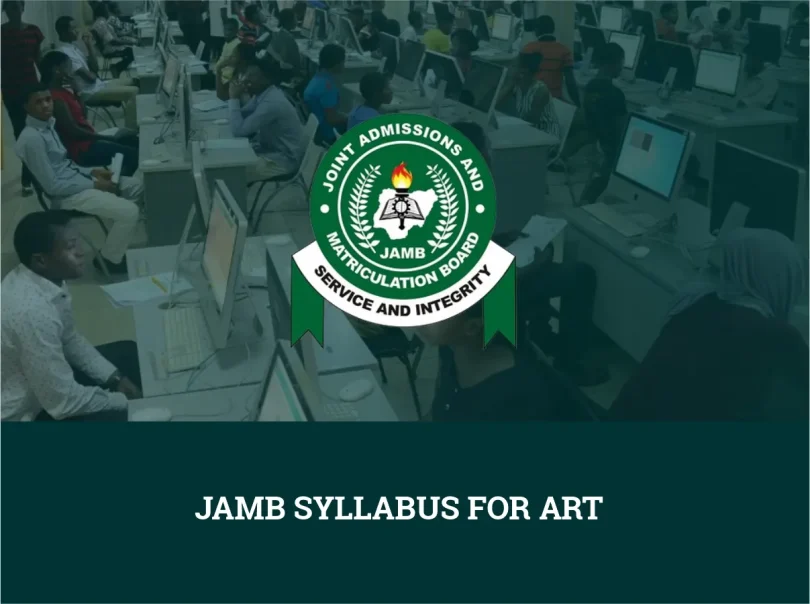
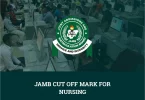
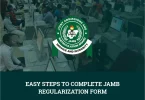
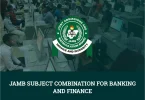
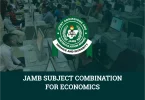
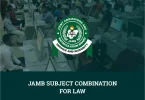

Leave a Comment